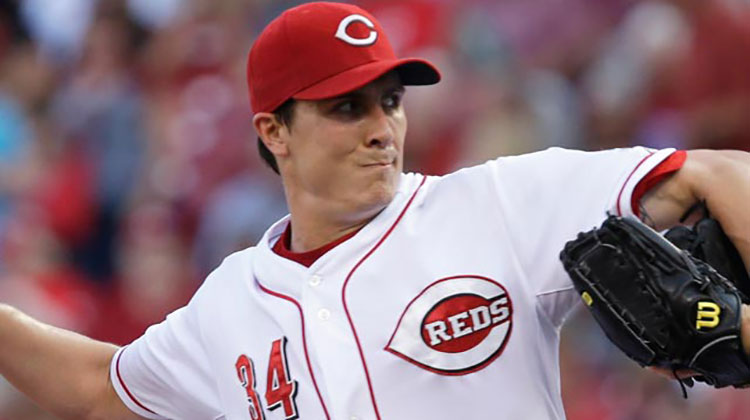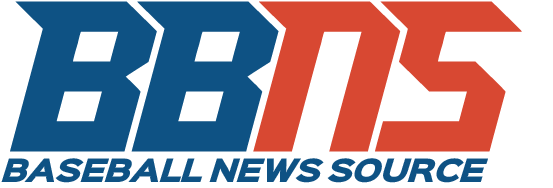 The Cincinnati Reds and Homer Bailey have come to terms on an extension covering six years and $105 million with a $25 million mutual option that contains a $5 million buyout, reports Mark Sheldon of MLB.com. Earlier this offseason, the two sides exchanged arbitration figures, with Bailey filing for $11.6 million, and the Reds countering at $8.7 million.
The Cincinnati Reds and Homer Bailey have come to terms on an extension covering six years and $105 million with a $25 million mutual option that contains a $5 million buyout, reports Mark Sheldon of MLB.com. Earlier this offseason, the two sides exchanged arbitration figures, with Bailey filing for $11.6 million, and the Reds countering at $8.7 million.
The extension buys out five years of free agency for a total guarantee of $95 million. It’s comparable to the five year, $90 million free agent pact the Detroit Tigers agreed upon with Anibal Sanchez last offseason. BNS tagged Bailey as an extension candidate earlier this offseason.
Bailey, a former seventh overall pick, who appeared on Baseball America’s top 50 prospects list every season from 2005-2008, had a career year in 2013. Thanks in part to an improved fastball that averaged 94 miles per hour, the 27 year-old pitched to a 3.49 ERA with excellent strikeout and walk rates of 23.4 and 6.4 percent. In addition, he authored his second no-hitter.
In addition to his mid 90’s fastball, Bailey possesses three good secondary pitches in a slider, curveball, and split-finger. His 34.1 percent chase rate was the fifth highest mark in baseball, and hitters made contact on only 60 percent of those swings. It remains to be seen how much of his velocity bump he can maintain. If his velocity holds up to its 2013 levels, he could have a Max Scherzer-like jump.
The Bailey signing might prohibit the Reds from bringing rotation mate Mat Latos under long-term team control, as they already have big commitments to Brandon Phillips and Joey Votto on the books.
The deal makes sense for the Reds in that another strong season by Bailey would have allowed him to command a mint in free agency. There’s a lot of downside risk as there is with any pitcher, but in a time where free agent prices are escalating, it locks up homegrown talent for what should be at least two or three prime years.
